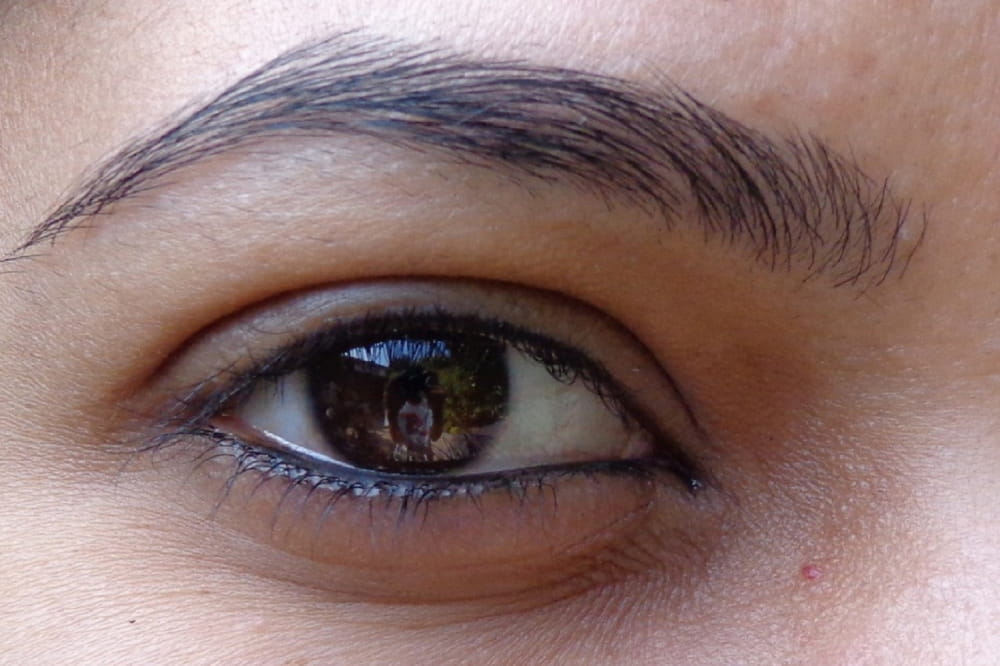
Black eye – Causes, symptoms, and management
A bruise under the skin around the eye is known as a black eye or periorbital hematoma. It develops when blood accumulates around the eye, usually due to a head or facial injury. Here, tiny blood vessels rupture, causing symptoms like swelling or puffiness, pain, and dark pigmentation. Nevertheless, a black eye is typically not a serious issue and heals in one to two weeks with adequate rest and appropriate treatment.
Causes
The most common causes of the black eye are blunt trauma or injury to the area. Here are a few other causes are:
– Dental work or surgery (such as cosmetic or nose surgery) can lead to a black eye
– An eye or sinus infection
– A skull fracture, which typically results in a black eye on each side
– An allergic response or other health issues
– Face-related surgical treatments such as facelifts, jaw surgery, or nose surgery
– Eyes becoming larger and turning black in response to a specific kind of head injury called basilar skull fracture (the condition is frequently referred to as “raccoon eyes”)
– Bites
– Cellulitis (skin infection around the eyes)
Symptoms
The most common symptom of a black eye is bruising and swelling around the injured eye. This is followed by discoloration, starting from red or deep purple and turning into blue. While some pain and temporarily blurry vision are common signs, here are a few other effects of a black eye that warrant immediate medical attention:
- Loss of consciousness
- Behavioral abnormalities
- Nausea and vomiting
- Dizziness
- Inability to walk
- Discharge of blood or clear fluids from the nose or ears
Diagnosis
During a physical examination, the doctor will shine a light into the patient’s eyes to examine the pupils and the eye itself and look for any damage, any foreign objects, or abrasion. The doctor will assess the eye movements as well as the facial bones around the eye. If the doctor detects a fracture in the area or a foreign object inside the eye, they may recommend tests, such as an X-ray or a CT scan, to further examine the issue. The patient will be referred to an ophthalmologist by the healthcare professional if there are any unique concerns.
Treatment
Typically, the doctor may advise applying ice to soothe the injured eye and prescription treatment to relieve pain. Additionally, here are a few at-home remedies:
Hot and cold compress: Here, applying a cold compress for 20 minutes, then removing it for another 20 minutes, can help relieve the pain and swelling. One might apply a warm compress to aid in the reabsorption of blood once the swelling has reduced.
Cold cucumber slices : Placing cold cucumber slices over the bruised eye can help reduce inflammation and provide moisture to the skin. Here, a couple of slices of a cucumber that has been peeled and chilled should be placed on the eyes for around 10 minutes a few times every day.
Doctors will refer one to a specialist if they suspect a serious injury, such as facial bone fractures, brain or skull injury, or eye injury. However, a regular black eye usually goes away with appropriate care and rest.




